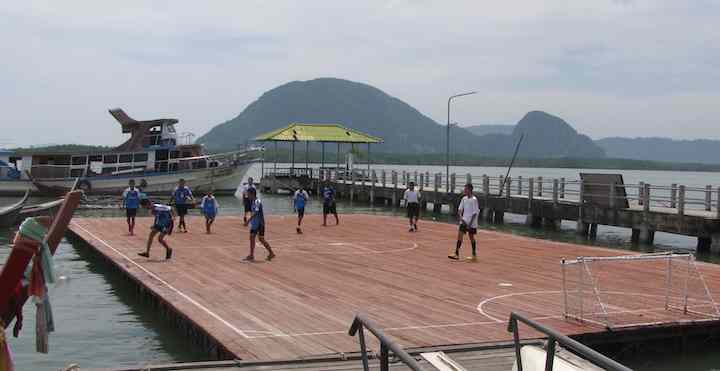The Curious Cat Management Improvement Carnival has been published since 2006. The carnival, has been published twice a month – but will now be published once or twice a month depending on how things work out. I hope you find the post included in this edition interesting and find some new blogs to add to your blog/RSS reader. Follow John Hunter online: Twitter and elsewhere.
- Where do “Value Stream Maps” come from? by Michel Baudin – “Toyota alumni confirmed that you rarely see a Materials and Information Flow diagram (VSM) within Toyota, and explained that the tool was developed at Toyota’s Operations Management Consulting Division, for selective use with suppliers”
- Management is a role. Leadership is an act. by Jamie Flinchbaugh – “The point is, stop worrying about whether you’re a ‘leader’ or a ‘manager’ and just focus on doing whatever you do better.”
- How You Measure = How You Manage by Christian Buckley – “Each method of calculation has implications and limits, as does the source of the data. To be relevant, the measures have to be understood by those using them.”
- Improvement is a Learning Process by John Hunter – Dr. Deming: “Improvement of Quality and Productivity, to be successful in any company, must be a learning process, year by year, top management leading the whole company.”
- Quality is Speed by Philip Ledgerwood – “Lowering your amount of rework is the cheapest, least disruptive way to move faster.”
- Lean Startup at Scale by Lisa Regan – Ari Gesher: “Software development is all about managing complexity and the bigger and more mature the codebase gets, the more complex it gets. The interconnectedness had come to a head, such that new code was much more likely to disrupt existing code than ever before. As we started looking at bug counts something else became clear: we could now create bugs faster than we could find them.”
- Taiichi Ohno’s contribution – “Along with continuous improvement, employees should know that they are not only empowered to be involved, they are expected to continue learning and growing as individuals. This in turn not only helps employees have more satisfying careers, but also will help the company use each employees potential of contributing and making the company more successful and profitable through these continuous efforts.”
- Lean v. Innovation…Wrong Question! by Matt May – “Here’s the thing: lean thinking and innovation — ANY conscious, cognitive, creative problem-solving process for that matter — employs the human learning steps we come into the world with: curiosity makes us notice something, we ask a question, hypothesize an answer, test it out, and then reflect on whether the cause and effect we were anticipating came true.”
- Theory Versus Experience by Bill Waddell – “The genius of guys like Deming, Ohno and Shingo was their mastery of both theory and practical reality. They were steeped in the underlying philosophies of a completely different way of doing things on a grand scale, but also endowed with the ability to effortlessly see its practical application.”
- What Culture Supports a Lean Startup Approach? by Jon Miller – “Only recently have people begun to find practical, day-to-day ways to bring about culture change while also getting the work done and delivering results. Implemented properly, rather than as a shiny new tool set to be focused within specific organizational silos, kaizen -> Lean does this.” [see Building a culture of continual improvement – John]
- Managers Are Not Non-Leaders: Managers Need to Practice Things We Classify as Leadership Traits by John Hunter – “Contrasting leaders with managers is a damaging way to view people’s roles in modern organizations. Just as certain tools and practices are needed at specific times (flowchart, checklist, kanban, mistake proofing) so are traits we lump together and call leadership. You shouldn’t have kanbaners, checklisters, mistake-proofers, flowcharters and leaders that are the masters of those realms. People should use those tools/traits/practices/thinking when they are appropriate.”

Football (soccer) pitch at floating village in Thailand, by John Hunter.


Pingback: Carnival of Quality Management Articles and Blogs – November 2013 | The world is too small? or Is it?